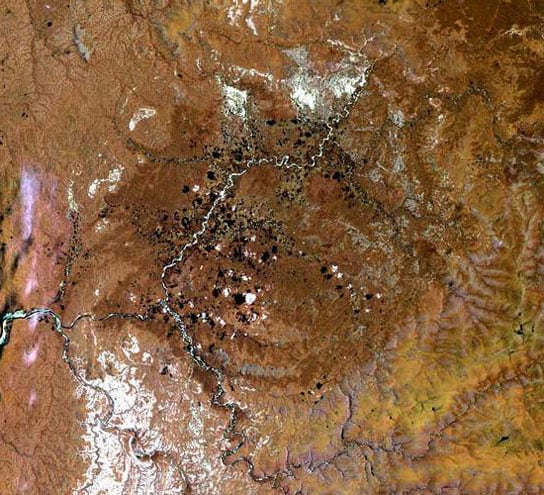Diamonds are forever
Queen Elizabeth's demise threw the populace of several British colonized countries - having their independence - into a frenzy. Many rehashing age-old grievances of subjugation and atrocities committed by "Royal Family." Many of them loudly and unapologetically accused Queen Elizabeth and her predecessors of theft, calling for the return of goods stolen from their countries.
But for some obscure reason none of them ever dared to ask for its return during Queen Elizabeth's lifetime. Several of them also criticized the British Monarchy and its global significance and power gained directly from slavery, funding slavery voyages and the enslavement of people of colour as a whole.
The stolen objects in question are the diamonds and not just any diamonds; but the biggest DIAMONDS ever found, flaunted as part of the "crown jewels" for decades. Namely the Koh-i-Nur Diamond, and the 3 magnificent Cullinan Diamonds, forcefully removed from India and South Africa respectively during the colonial period.
Koh-i-Nur Diamond
Koh-i-Nur Diamond is considered the most expensive diamond in the world and weighs in at 109 carat (21.6 grams) and due to its colourlessness and uniqueness, is said to be priceless. It is fixed in place as the the main diamond of the British Crown. Prior to her demise Queen Elizabeth II was seen wearing it as a brooch. But at her funeral the precious Koh-i-Nur Diamond studded crown was clearly seen resting on top of her coffin.
It is believed that the Brits somehow acquired this 105-carat diamond sometime in 1849 when the Dutch East India Company annexed the region of Punjab. The latest is that Pakistani lawyers have filed a petition demanding the return of the Koh-i-Noor diamond, citing that the gem is part of Punjab's heritage, and thus belongs to Pakistan.
The Cullinans
The Cullinan Diamond in its uncut state weighed 3,106 carats but was subsequently cut and polished into 9 major stones and more than 90 smaller stones, the two largest stones named the Cullinan I (530.20 carats / 106,04 grams) and Cullinan II (317.40 carats / (63.48 g). King Edward had the Cullinan I (aka The Star of Africa) placed in the Imperial Royal Sceptre and the Cullinan II is mounted in the Imperial State Crown, both part of the Sovereign Crown Jewels.
The Cullinan III is pear-shaped cut and weighs in at 94.40 carats, the Cullinan IV is a cushion cut diamond that weighs in at 63.60 carats and the Cullinan V is a triangular-pear shaped diamond and weighs 18.80 carats. The first two mounted on top of Queen Mary’s Crown and placed in the band of Queen Mary’s crown respectively. Both of which was later used by Queen Elizabeth II as pendant-brooches.
Gift of Goodwill
It appears that these cut diamonds were each named after Sir Thomas Cullinan who owned at Premier Mine, South Africa in 1905 who sent the original uncut 3,106 carats diamond to London England. It is believed that after the Anglo-Boer War, the Transvaal government purchased the diamond for R2.4 million from Sir Thomas Cullinan. Then in 1907 it was presented to King Edward VII of the United Kingdom as a gift of goodwill on his 66th birthday. However this may not be absolutely true!
Be that as it may, many South African's want these diamonds to be returned to South Africa since it was taken under the guise of colonialism at the time. The 105 Cullinan gems of various cuts and weights is currently worth an estimated USD 400 million. A sum of money that would more than suffice for upkeep of the South African tribal King's for the next 50 years.
But the request to return looted good doesn't only relate to diamond nor just from India and South Africa but also from Egypt. Egyptians are calling for the return of the Rosetta stone and other cultural artifacts currently in a British Museum. They are insisting on its return since it depicts the cultural origins and their ancestry.
The Rosetta Stone is essentially a flat granodiorite rock onto which decree is carved in three (3) separate and distinct languages one below the other. The upper to texts are inscribed in Ancient Egyptian using hieroglyphics and Demotic scripts respectively, whereas the bottom language is in Ancient Greek. It was the first Ancient Egyptian trilingual text recovered in modern times, making the Rosetta stone the "key" to understanding and deciphering the Egyptian scripts.










